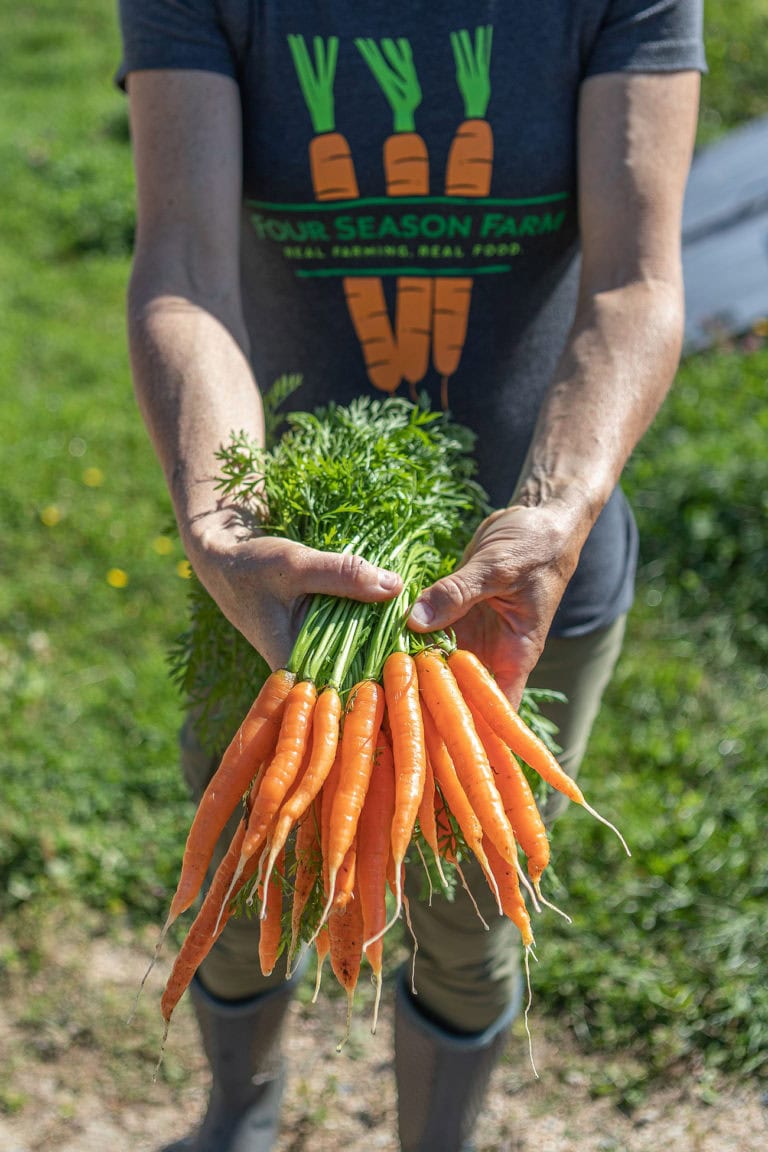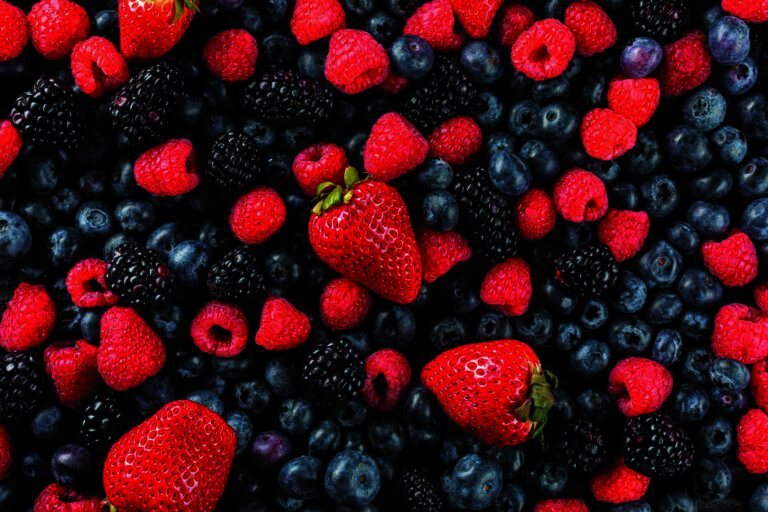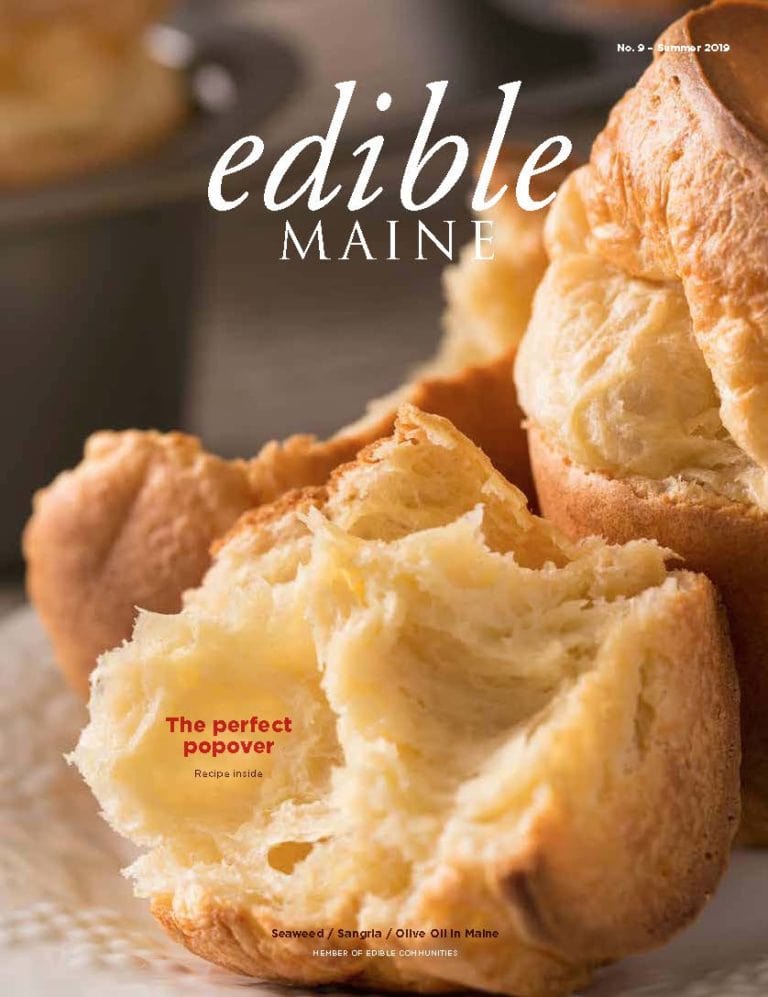Technically, the new year starts in January. But in my life, September is when change actually happens. Gone are the long, lush, liminal summer days when we could let emails languish. Schedules for the past few months have been a bit all over the place between camps (different every week), vacations, and the general busy-ness-yet-what-did-we-actually-accomplish that comes with Maine summer. But now the world is making demands of us—the school bus swings by at 7:47 am; colleagues expect prompt responses—and the new year has begun again.
In this period of rapid evolution in our daily lives, the way we cook and eat also changes. From packing lunches in the morning to the more stressed pace of gotta-get-dinner-on-the-table evenings, this is a perfect season to turn to one of my favorite cooking methods for seafood: the slow roast technique.
In my kitchen, the toaster oven does a surprising amount of the cooking. I set it at a low 300 degrees, simply season near any seafood, pop it in, and just wait. Yes, it can take a while, but that’s a virtue to me. It gives me time to catch up with my wife, cook the broccoli, and get the brown rice rolling. One of the other advantages of slow roasting is that I’ll often cook seafood straight from the freezer. You read that right: a piece of frozen Alaska sockeye salmon or local haddock, seasoned with salt and cooked low, slow, and gentle to render a flavorful and moist fillet. The time it takes to get from raw to cooked is longer, maybe 20–25 minutes. But the time it takes to go from cooked to overcooked is equally long, buying you a lot of leeway for your scattered focus.
Cooking from frozen, and frozen seafood in general, has another wonderful benefit: Seafood is now convenient. It’s easy to pull out just moments beforehand. And it sits patiently, its qualities in stasis, waiting for us to need it. When I was coming up in the culinary world, I was fortunate to train under the mantra of “fresh, seasonal, local.” Frozen seafood can certainly seem like the antithesis of that idea. But I’ve come to understand that the two are actually in alignment.
A damning reality of our modern food system is the exceeding amount of waste. With seafood, it’s particularly egregious: 40% or more of all seafood purchased gets thrown away before it feeds a person. Regardless of whether that seafood was sustainably produced, there is no such thing as sustainable seafood in a trash can. Buying frozen seafood can help to reduce this grievous waste. From a quality perspective, too, frozen seafood now deserves our attention. Throughout the years it’s gained a bad reputation: subpar products, frozen poorly, often as a last-ditch means to prevent waste rather than as a tool to preserve pristine quality. Modern technology has changed this. When great seafood is frozen well, often within hours of its capture, the result is delicious seafood that is easy to access. Lastly, frozen seafood benefits the fishing economy in that it extends seasonal bounty, such as when tens of millions of sockeye salmon go streaming back into the waters of Bristol Bay in Alaska. Carrying the bounty throughout the year stabilizes the price, propping it up for producers and keeping it low for consumers: a win-win for sure.
The only drawback of low and slow cooking is that the fish never gets very hot. This is fine to me, but as these nights taper into cooler temps, we instinctively want more warmth to flow through our food. This naturally suggests pairing our seafood with side dishes such as mashed butternut squash, risotto, or the steamed brown rice I mentioned earlier, as these will bring and maintain warmth for the entire plate. My favorite companion sauce is a compound butter that I always keep on hand in some form or another. When writing this article, I enjoyed a variation on this sauce that included smoked dulse from our friends at Maine Coast Sea Vegetables, chopped pistachios, fennel, and garlic, all tempered with the exuberance of fresh mint and lemon juice. I’ll make this recipe by the pound and have it around to serve on toast, pasta, or fish, or to sauté vegetables. So, as we glide into the fall and our schedules speed up, enjoy watching as the textured butter melts and glazes the bright ocher hue of salmon. Take some time to be purposefully slower.













